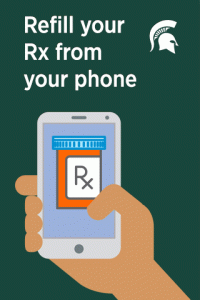If you’ve chatted with any member of our digital team over the past few months, you’ve probably heard us rave about geofencing
Geofencing is the most advanced location-based mobile advertising technology in common use today. This technology targets users in specific geographic locations using smartphone GPS signals (which is easier than you’d think considering more than 80% of smartphone users always have their location services on). We can target, or “fence” a geographic area of any size and deliver ads to mobile users in that area — whether it’s a 10-mile radius of a business, a local neighborhood or a specific building. The technology also allows us to deliver remarketing ads to those users for up to 30 days after they have left the fenced event or location. These remarketing ads show up through third-party apps and mobile Internet browsers. Geofencing allows advertisers to track the number of times the ads were shown to the individuals, the number of conversions (e.g., clicks to the website, calls and walk-ins, if applicable).
 Geofencing has garnered huge results for our clients across a variety of industries. This past year, the MSU Pharmacy, a subservice of the MSU Health Team, wanted to find a new way to boost their patient counts at the start of the Fall 2018 semester. As a result, we recommended a month-long geofencing campaign that targeted incoming students and their parents with messaging unique to the separate audiences. We were able to target students and parents who were on the Michigan State University campus with short, engaging digital display advertisements encouraging them to transfer their prescriptions.
Geofencing has garnered huge results for our clients across a variety of industries. This past year, the MSU Pharmacy, a subservice of the MSU Health Team, wanted to find a new way to boost their patient counts at the start of the Fall 2018 semester. As a result, we recommended a month-long geofencing campaign that targeted incoming students and their parents with messaging unique to the separate audiences. We were able to target students and parents who were on the Michigan State University campus with short, engaging digital display advertisements encouraging them to transfer their prescriptions.
As a result of this campaign, the MSU Pharmacy saw an $8 return for each advertising dollar spent. Ka-ching. The ads received more than 180,000 impressions (Impressions = the number of times the ad was viewed) and helped to garner 582 walk-ins to the pharmacy’s two locations.

